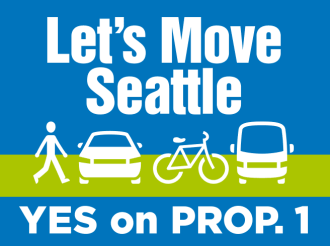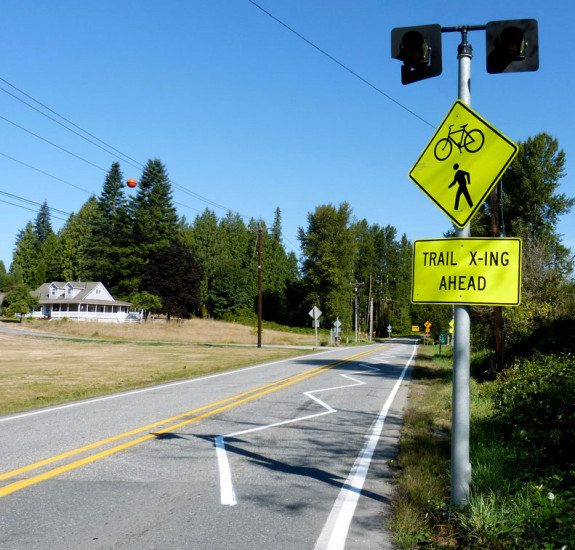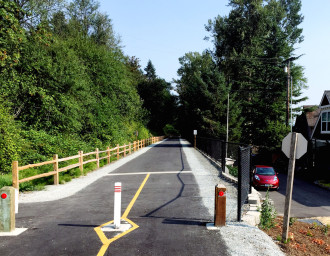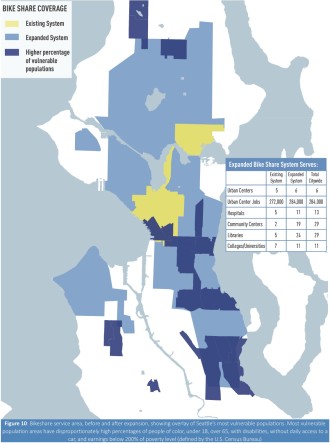 Washington Bikes may dissolve its current organization and join forces with a restructured Cascade Bicycle Club by the end of the year.
Washington Bikes may dissolve its current organization and join forces with a restructured Cascade Bicycle Club by the end of the year.
Under the initial plan for combining organizations, “relevant” WA Bikes staff would join the newly reworked organization and WA Bikes members would become Cascade Bicycle Club members (as many already are).
Cascade Bicycle Club’s board has already voted to sign a Letter of Intent (PDF) crafted jointly to guide the merger. The WA Bikes board has discussed the letter and plans to vote early next week.
With 36 staffers and a series of major rides that attract tens of thousands of paying riders from around the region and world every year, Cascade is obviously much bigger than WA Bikes, which has only about five staff members (depending on grant cycles). But both Cascade ED Elizabeth Kiker and WA Bikes ED Barb Chamberlain were clear in a joint interview recently: “This isn’t a takeover or an acquisition,” as Kiker put it.
“The work is what’s important, and the work will continue,” said Chamberlain. “Cascade and WA Bikes will both evolve in this process.” (more…)












